After learning its trade in the aircraft field, Italian engineer would write history with small cars. Over four decades, Dante Giacosa made Fiat a powerhouse in that market segment
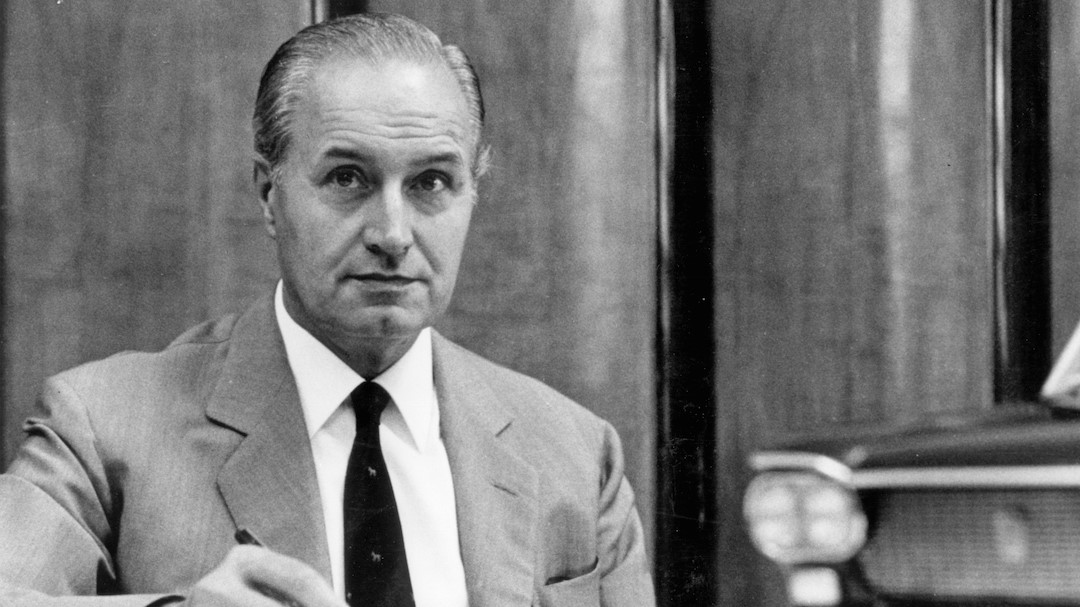
People with deep interest in a specific topic will always have favorites. No one likes all movies, all baseball teams, or all wine varieties. When it comes to cars, I have my favorites and I am sure that you, dear reader, has yours as well. In my case, they are compact, European cars. Preferably from the 1980s or 1990s.
Writing about Dante Giacosa is a high point for me on AutomoBible. He appreciated compact cars as well, and his work not only made Fiat strong in that market, but also helped reshape the European car industry in the post-war period. I sincerely hope you enjoy reading this article as much as I enjoyed writing it.
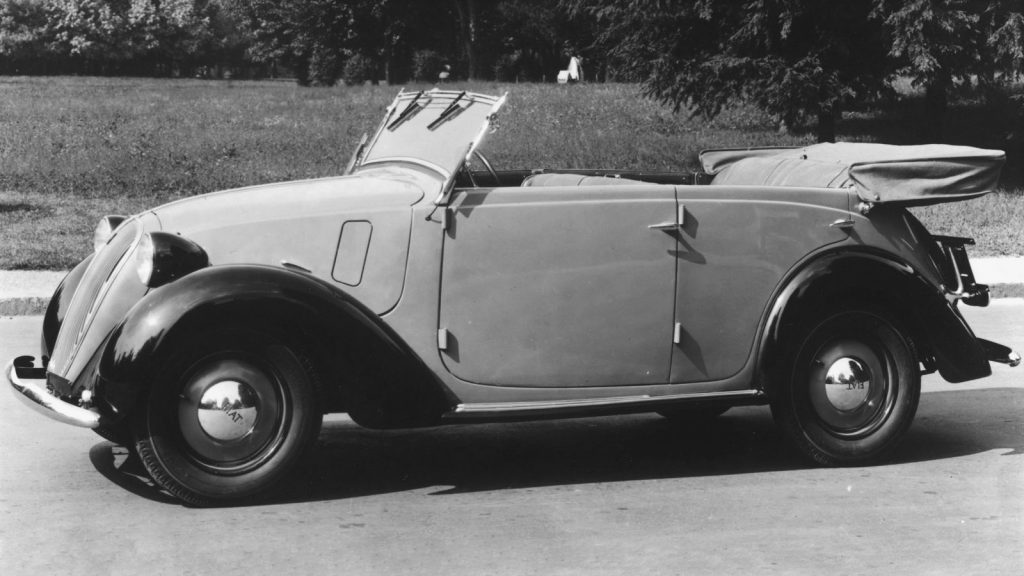
Early days of Dante Giacosa
Although he was born in Rome, in 1905, Dante Giacosa earned a degree in mechanical engineering from the Turin Polytechnic. He got a job at Fiat in 1927 with a recommendation letter from Vittorio Valetta, the company’s general manager. The latter would also be a mentor in Giacosa’s first years in the car world.
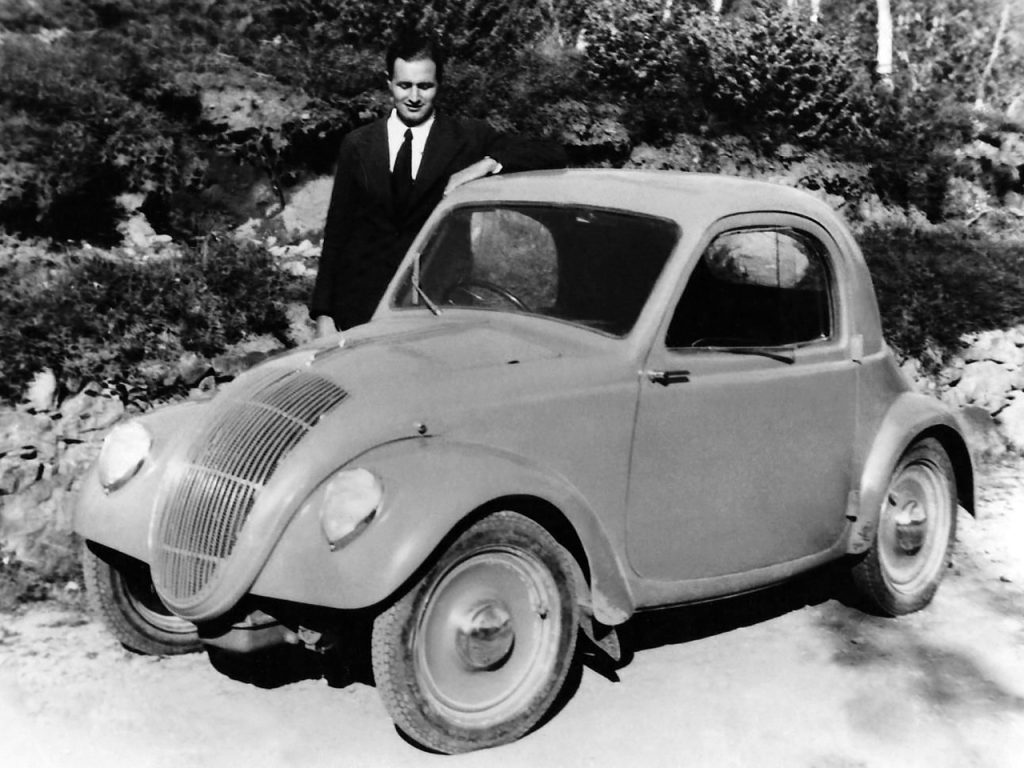
The young engineer started his career working with military vehicles and aircraft engines. Both were huge machines with multi-cylinder engines which had nothing to do with small automobiles. However, Giacosa also had Tranquillo Zerbi as his boss, who designed Grand Prix cars for Fiat and introduced him to car design.
One of Giacosa’s first ventures in that department was the Fiat 508, nicknamed Balilla. The breakthrough, however, would only come in 1929. Giovanni Agnelli, who co-founded Fiat and was a senator at the time, transmitted a direct order from Benito Mussolini’s office: Fiat had to build a small car that cost 5,000 lire.

Fiat Topolino
The very first Fiat 500 fulfilled the fascist government’s mandate to seat two adults and two children with a length of only three meters. That feat required innovative solutions like placing the four-cylinder engine ahead of the frame, squeezing the radiator behind it, and employing primitive independent suspensions.

Another interesting feature is that the model’s bodywork was also prepared for load bearing, which made it an early version of a prototype Fiat would only develop forty years later. In short, the 1937 Fiat Topolino was not simply a cheap, empty car. It was an innovative project which happened to be affordable as well.
With the Topolino’s success, Dante Giacosa brought cars closer to the Italian families. Sadly, that moment was shortened by World War II, when all factories had to switch to military vehicles. The engineer went on to work with aircraft engines again for some years, and would return to cars only after the war ended.

Post-war car projects
In the late 1940s, Dante Giacosa would engage in motorsport projects. He partnered with entrepreneur Piero Dusio to build the Cisitalia cars. They used Fiat-sourced engines and custom body work designed by studios like Pininfarina. The team would be active for almost 20 years earning many important victories.
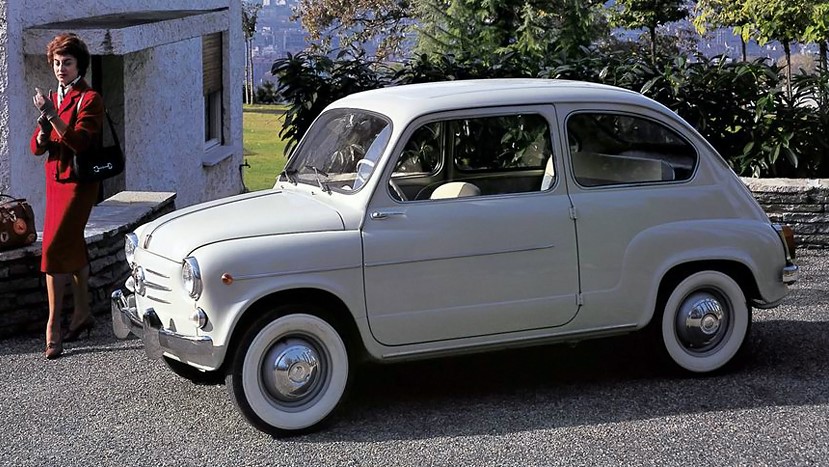
Going back to Fiat, Giacosa took advantage of the fact that post-war Italians had more disposable income in the 1950s. The rear-engined 600 was still compact but offered more room for four occupants. It had a stretched version for taxi use and the Multipla minivan, and became the best-seller in Spain as a SEAT.
Dante Giacosa was cleared to work on other models once the country’s economy got back on its feet, but he always preferred compact, affordable ones. As he wrote in his autobiography, “I had never shaken off my taste for the small and the economical, the sort of auto that can have the widest possible ownership”.
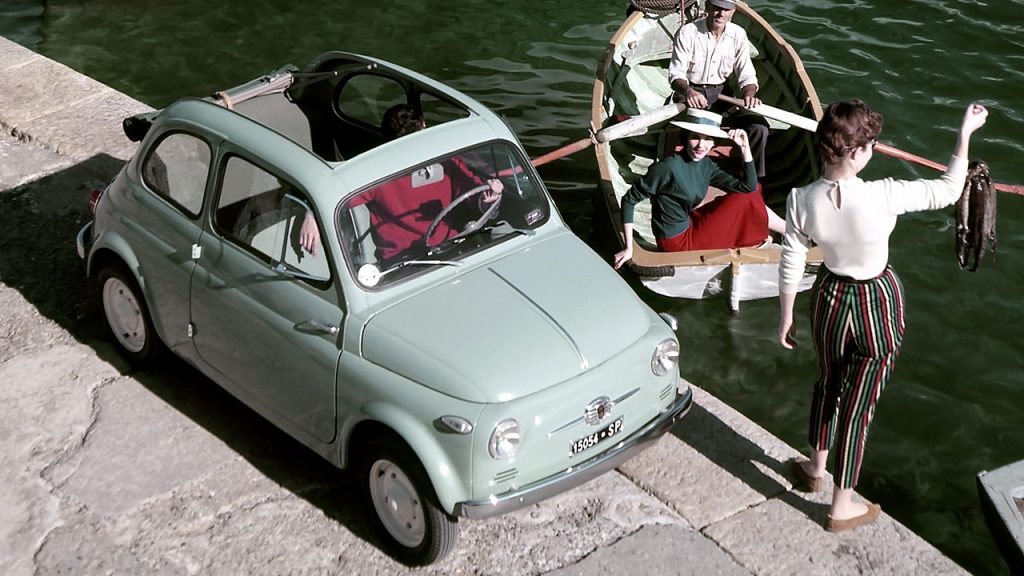
Fiat Nuova 500
The 1957 Fiat 500 was, probably, the best expression of the words above. Dante Giacosa designed it to be the automaker’s new entry-level car. It used the 600’s platform with a smaller engine and an even smaller body. Over the years, it received luxury and sporty trims and even the Giardiniera long-wheelbase body.

The fact that it would seat four people despite the diminutive size made it extremely practical – especially in the typically narrow European streets. Fiat built on the Cinquecento’s initial success by giving it gradual improvements, more amenities, and those other versions. Those moves made its image even stronger.
Fiat would also sell the Nuova 500 in the USA, although its success remained concentrated in Europe. The model received prominent headlights, to comply with local laws, and had its design greatly altered. In the end, Giacosa’s masterpiece would only lose sales in the early 1970s, when Fiat replaced it with the 126.
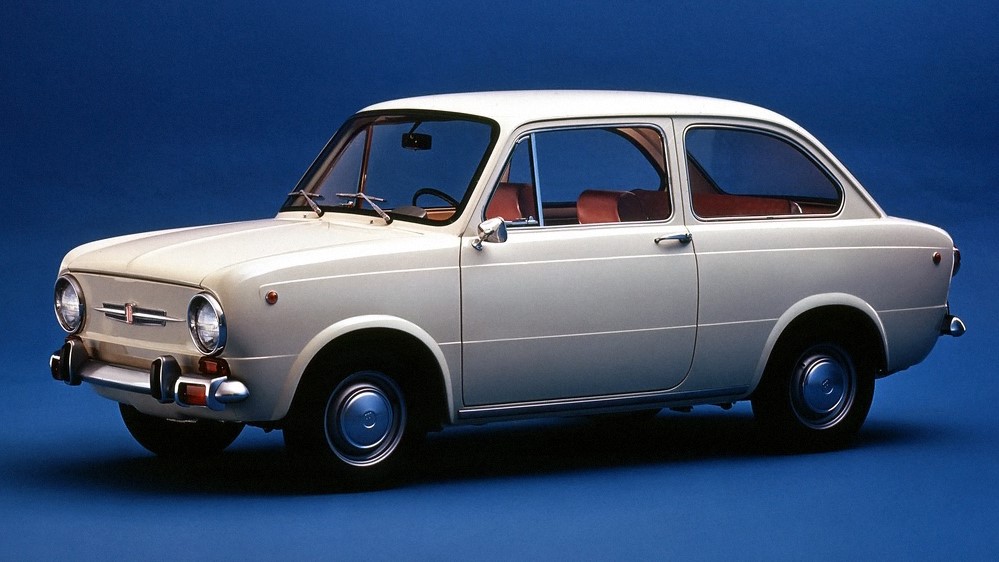
Other successful cars
After yet another successful car, Dante Giacosa established himself as the master of Fiat design. He would also create the 850, a compact car which spawned an entire family of body styles plus countless variations made by Italian coachbuilders. Another interesting model was the 8V, one of the few sports cars in Fiat.
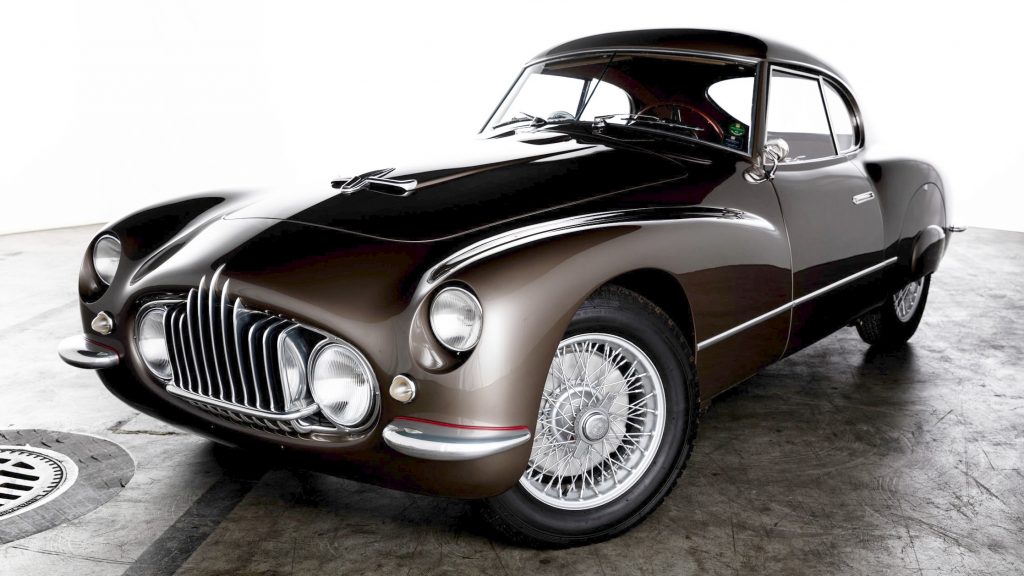
Moving on to the late 1960s, the 124 benefitted from Fiat’s collaboration with Soviet countries. While the 600 became famous in Spain through SEAT, the 124 became the base of AvtoVAZ’s operation through the Lada brand. It made automobiles accessible to the Russian masses for the very first time in the 1970s.
Last, but not least, we can mention the Autobianchi Primula and the Fiat 128. Giacosa developed a unique layout of front engine with front-wheel drive. The maker took its time to address initial issues and ended up creating a new industry standard. But that is something for us to properly cover in a separate article.
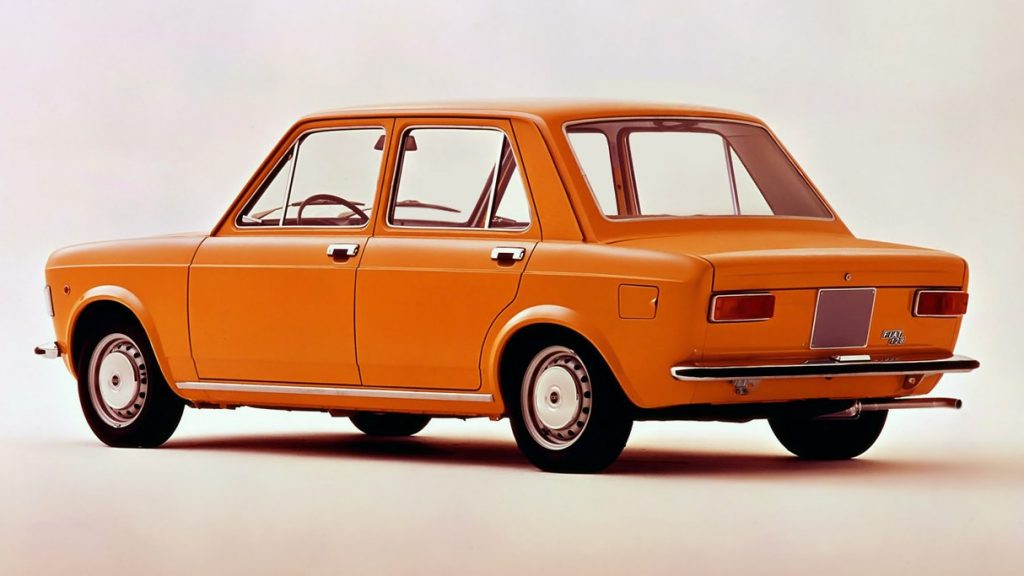
Dante Giacosa’s gran finale
After setting the Fiat 128 to worldwide success, Dante Giacosa would retire in the following year, 1970. He worked as a consultant for a few more years, but eventually decided it was time to make room for newer designers. Sadly, he was adamant that the latest advancements in this industry were stifling car design.
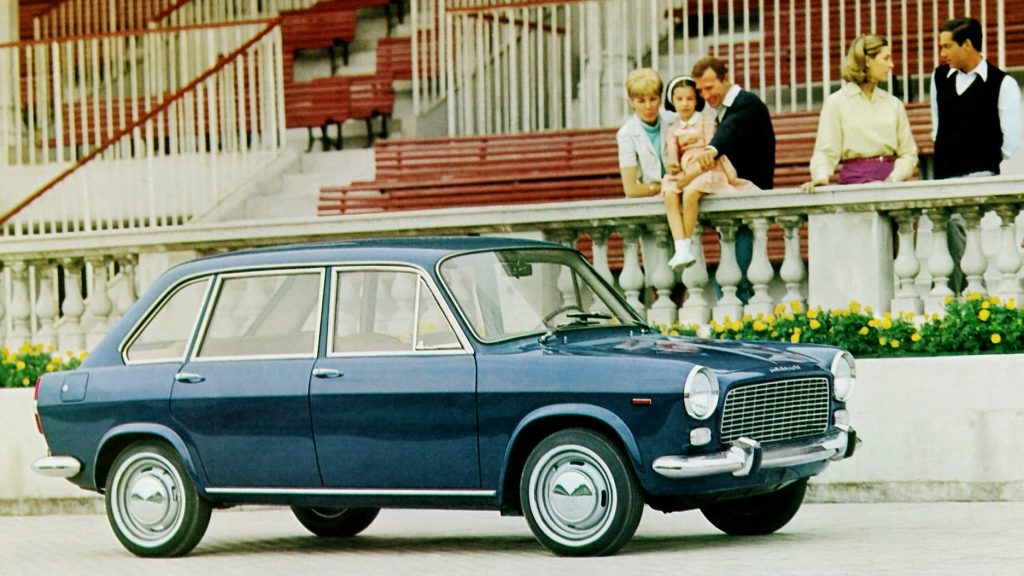
One point of his opinion was that product design should not be constrained by marketing demands. That shift of priorities was placing designers in a subordinate role within the automaker, with too many rules to follow. That was quickly suffocating their creativity to view opportunities and devise solutions to them.
Another crucial point was the objection to computer aid. In a way, he believed that adapting to machines implied bringing their procedures and limitations to us. That, once again, would discourage the creative and abstract thinking which still distinguishes humans from even the most sophisticated machines.

Dante Giacosa left us in 1996, but his work surely made history. Not only for concrete solutions to issues of his time, but also for his vision. He worked on compact and affordable cars with a level of passion that we are used to see only in “superlative” models such as racing cars, hypercars, off-roaders and limousines.
Sources
- Back to origins of Fiat design with Dante Giacosa – Top Classico
- Dante Giacosa – Hemmings
- Dante Giacosa – auto engineer – Italy On This Day
- Dante Giacosa’s unsung genius – Influx
Danillo Almeida has explored his passion for cars in two distinct ways. The first one is his graduation course in Mechanical Engineering, which will hopefully lead to a job position in the field. The other one is expressing his knowledge and opinions on the matter through writing. Almeida has already contributed to blogs, stores, and websites in general writing automotive content in many formats.



